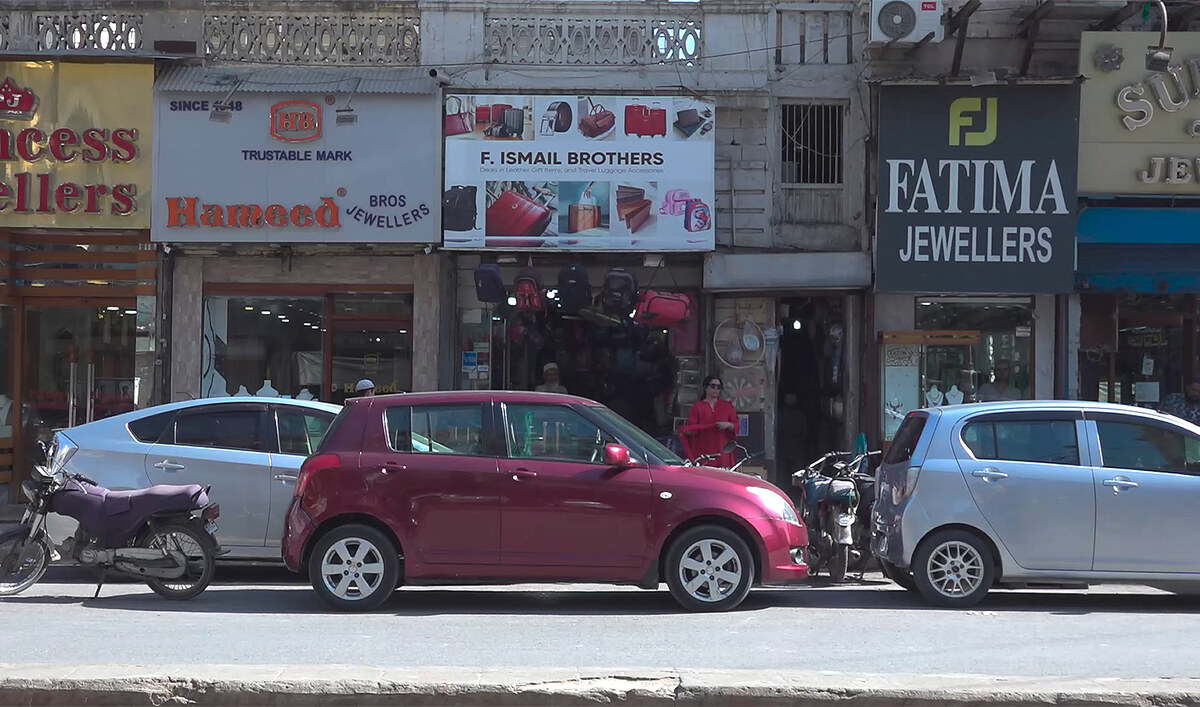DUBAI: Mathew Knowles, the architect of Destiny’s Child and his daughters Beyonce and Solange Knowles’ early solo careers, is more than ready to give his keynote speech at the second edition of Saudi Arabia's XP Music Futures music conference.
“I’m like a sponge ready to embrace and take in the local culture, food, the streets, art and the people. I want to listen to their music, I want to talk to the talent, I want to understand what moves the community and what impact music has on their lives and their economy,” said Knowles in an interview with Arab News.
This will be Knowles’ first visit to Saudi Arabia and he says he has been hard at work researching the country. “It seems like there’s a lot of growth and inspiration currently taking place which I’m really looking forward to experiencing. I want to be able to walk to different places – whether live events or restaurants – and understand the role that music plays within the Saudi community,” said Knowles.
“I’m also looking forward to the music conference to be able to meet and engage with policymakers and government representatives and understand the strategy for Saudi Arabia from a cultural and entertainment standpoint,” he added.
Titled “Reinvention & Relevance: Building Longevity in Your Career with Mathew Knowles,” Knowles keynote speech will feature tips for Saudi and regional talent on how to breathe life into their music and entertainment career.
“The music industry worldwide is a very tough one. It’s not easy to be an artist and stand out amongst a pool of talent, but with passion, artists are able to fuel their love for building a successful music career. It helps develop those essential traits needed to put in the hard work required for success and reflects in the work ethic and level of patience,” said Knowles when asking what musicians need to do in order to stand out.
“In Saudi Arabia, there’s a huge opportunity to tear down walls and build bridges to establish those foundations required for a successful music industry so talent can excel and shine on stages, which is what I’m most excited about being part of,” he added.
Knowles is also keen to understand the scope of Arab music when he visits Riyadh. “I’ve been researching and listening to all types of Arabic music but to me, I couldn’t really define what it meant. I hear a lot of traditional tunes, but is that the direction Arabic music is going in, or is that considered for an older audience? I’ve learnt that half of the population is of 25 years and younger so I’m eager to understand what appeals to them,” he said.
“I also wonder would (Arab) music be defined by the beats, or the sounds of the instruments, the lyrics or overall melody? For instance, African music has approached the marketplace with new sounds that have excited crowds worldwide: Afro beats or afro pop. From everything I’ve read and seen, I believe there’s huge potential to unlock those unique Arab sounds, if not done so already, which would help local artists connect with global audiences,” he added.
XP Music Futures is set to take place in Riyadh from Nov. 28-30.























